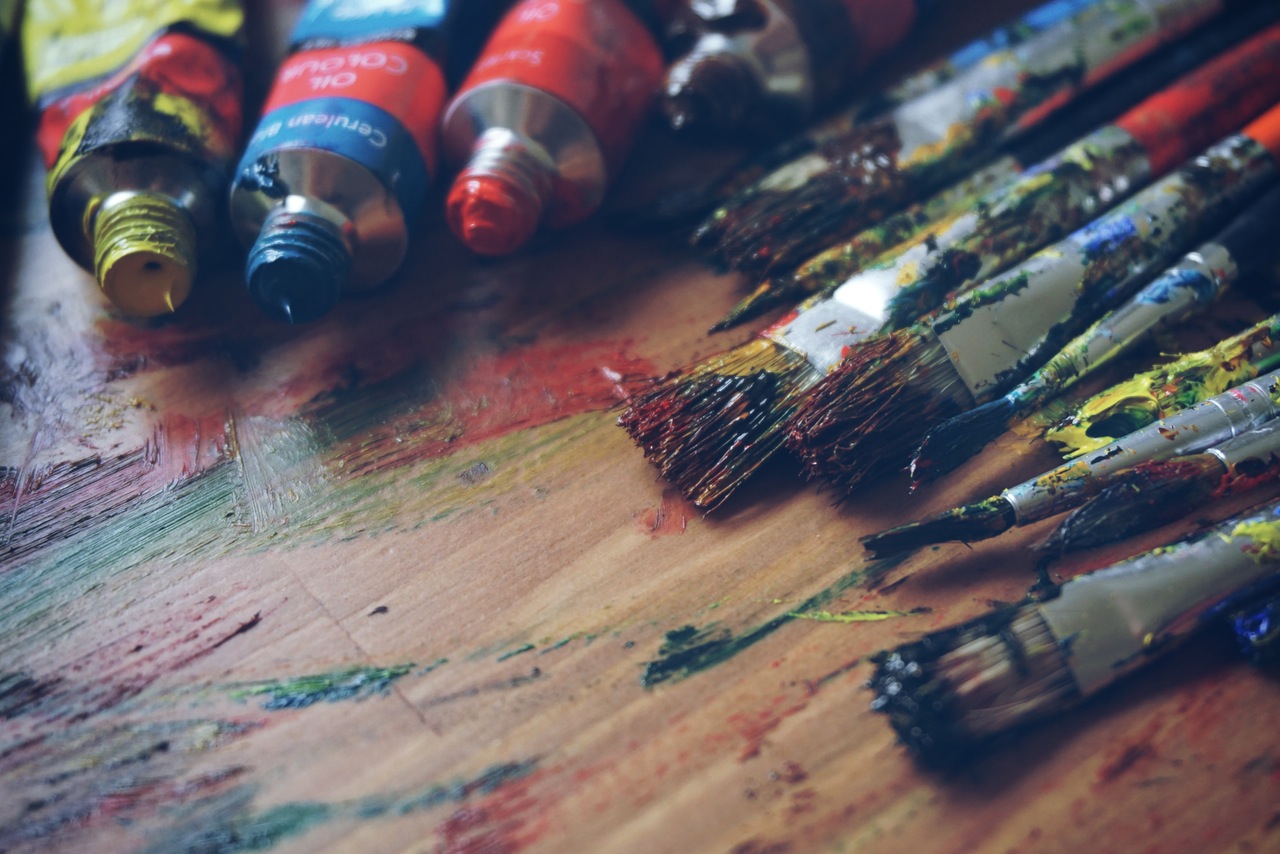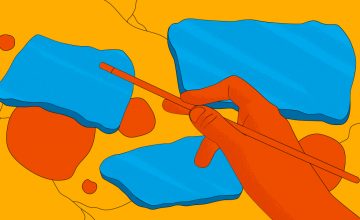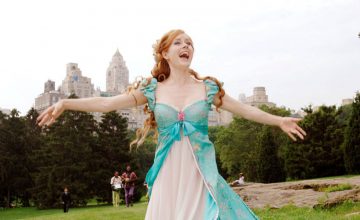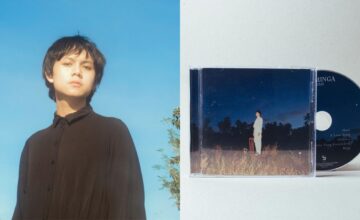By Teresa Naval
Some skeletons in internet closets take the form of self-indulgent poetry on LiveJournal, Mary Sues on Fanfiction.net, or stick figures on DeviantArt. In a world where we live (and sometimes risk our lives) for Instagrammable landscapes and experiences, after all, there’s little room for error. Building a personal brand is crucial, and no one wants the ghosts of teenage angst past haunting every double tap or retweet.
I certainly didn’t, and I spent a good couple of years jumping from username to username in an effort to reduce my online footprint (and pray to some higher power that no one find my online diary stuffed with Blingee-fueled word vomit). It’s easy to feel inadequate on the internet—in fact, I feel inadequate writing this, to be honest. We want, immediately, the immaculately coordinated Instagram triptych, the witty 140 characters on the latest issue, the art piece that is crowned with a clickbait headline by Buzzfeed.
But there’s a certain danger in curating our lives—and by extension, our art—for optimal consumption. This isn’t a homily about social media destroying our humanity, or meaningful connection, or TRUTH, or whatever. This is a challenge (to all of us, if I want to appear preachy and important, but really, I’m lecturing myself) to post the asymmetrical sketch, or the Poem That I Think Is Pretty Awful So Please Don’t Be Too Harsh On Me.
I mean, who defines bad art, anyway? There are certain conventions, styles, trends, fine. There’s the tension between “highbrow” and “lowbrow” art: indie versus mainstream, street art versus vandalism, “historical reimagining” versus fanficion. Bad art has many possible definitions, but we’re trained to know what it is—a weird photo angle, the “spilled ink” tag on Tumblr, the pen-on-paper drawing that hasn’t been scanned properly. This whiny essay.
Bad art also means putting yourself in a position of criticism—and growth.
What bad art often is, however, is unpolished work. The first draft, the first outline, the first stanza, the first few chords of a song that kinda sounds like every other pop song out there. And we need it. God, do we need it.
Because bad art is subversion. The ugly selfie, the Wattpad story about celebrities falling in love with you go against the idea that art only has value when praised by figures of authority and/or the general public. There will always be a special place in my heart for all the fanfiction I wrote about the musical Rent (which, interestingly enough, can be called fanfiction of the Puccini opera La Boheme).
Because bad art also means putting yourself in a position of criticism – and growth. My angsty poetry isn’t untouchable. I know now that I shouldn’t have used too many allusions to Greek myths, that I should use words that, I don’t know, are being used in the 21st century (like, really, 12 year-old self, shut up). Posting bad art opens us up to scathing comments, yes, but also to communities that want to see us improve and progress.
Nothing is an overnight success, and to call it so cheapens how we all got here (wherever “here” may be, from getting invited by news stations to talk about your work, to, um, “highly encouraging” your friends to read your blog).
Art is process, after all, and to delete first drafts or burn old sketchbooks is to allow creators and consumers of art to forget that we all had to start somewhere. We make museums out of our bodies and our art, built on corridors and corridors of half-finished self-portraits and stories that stop midsentence. Take a flashlight and explore. And, of course, don’t delete that first draft.

























Comments